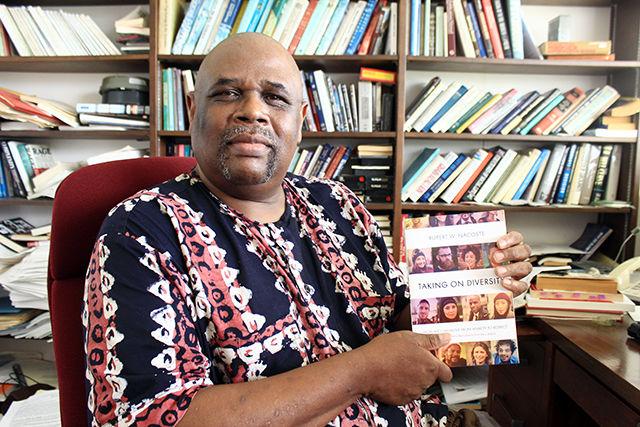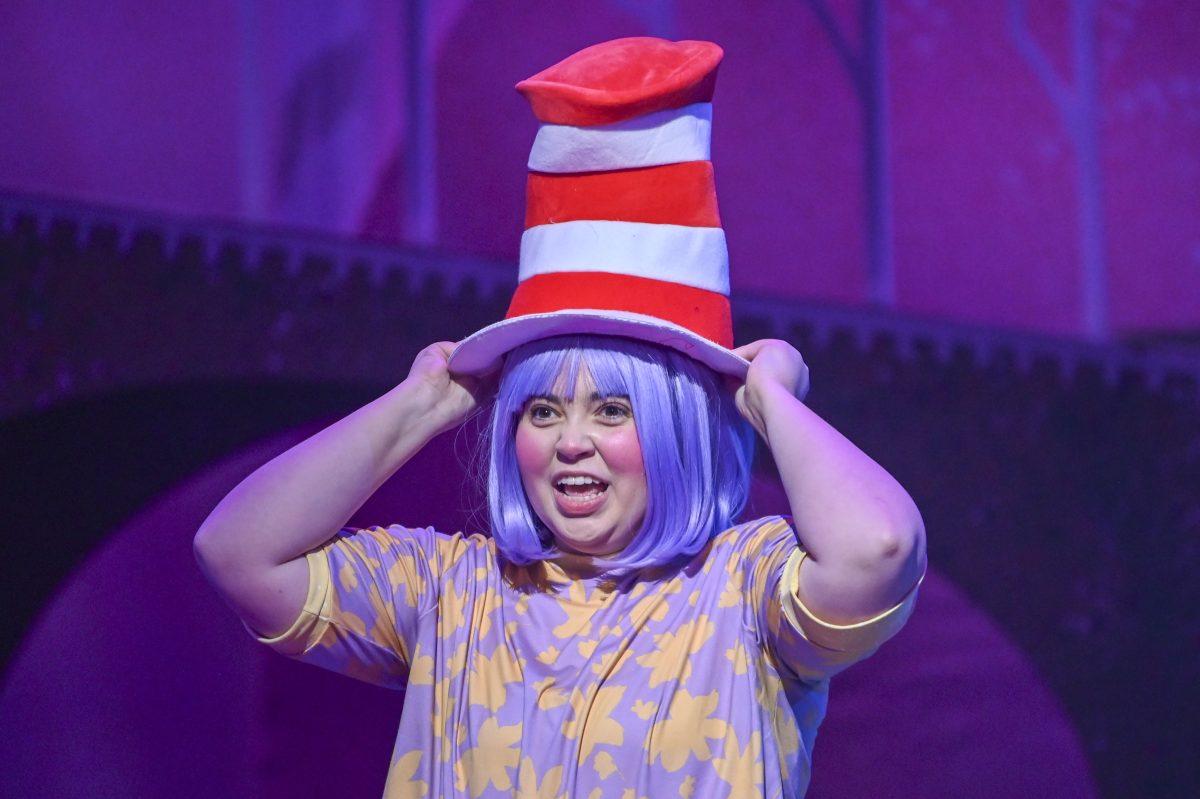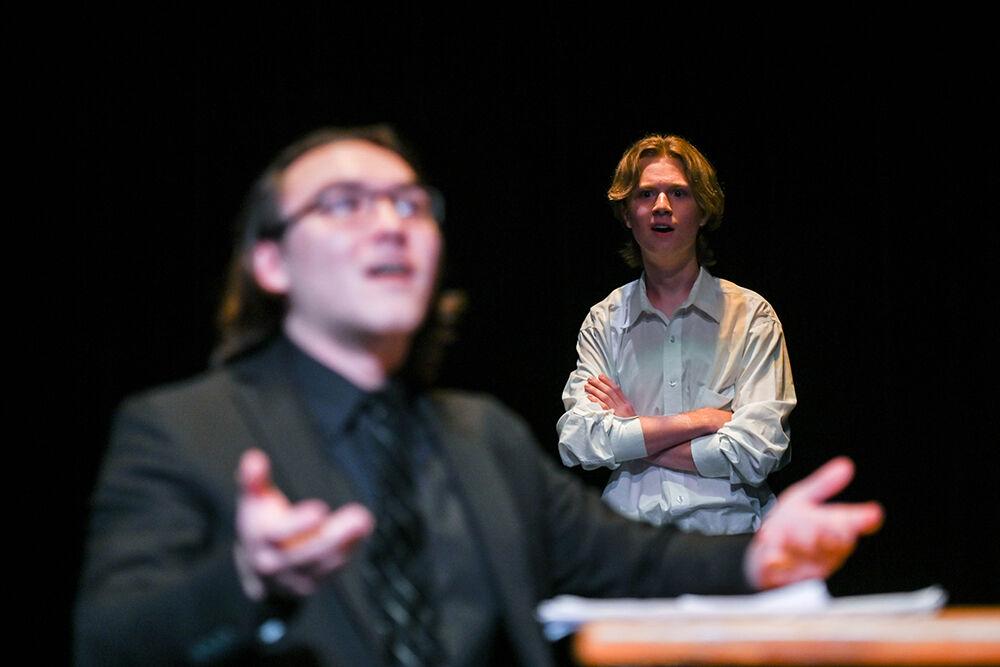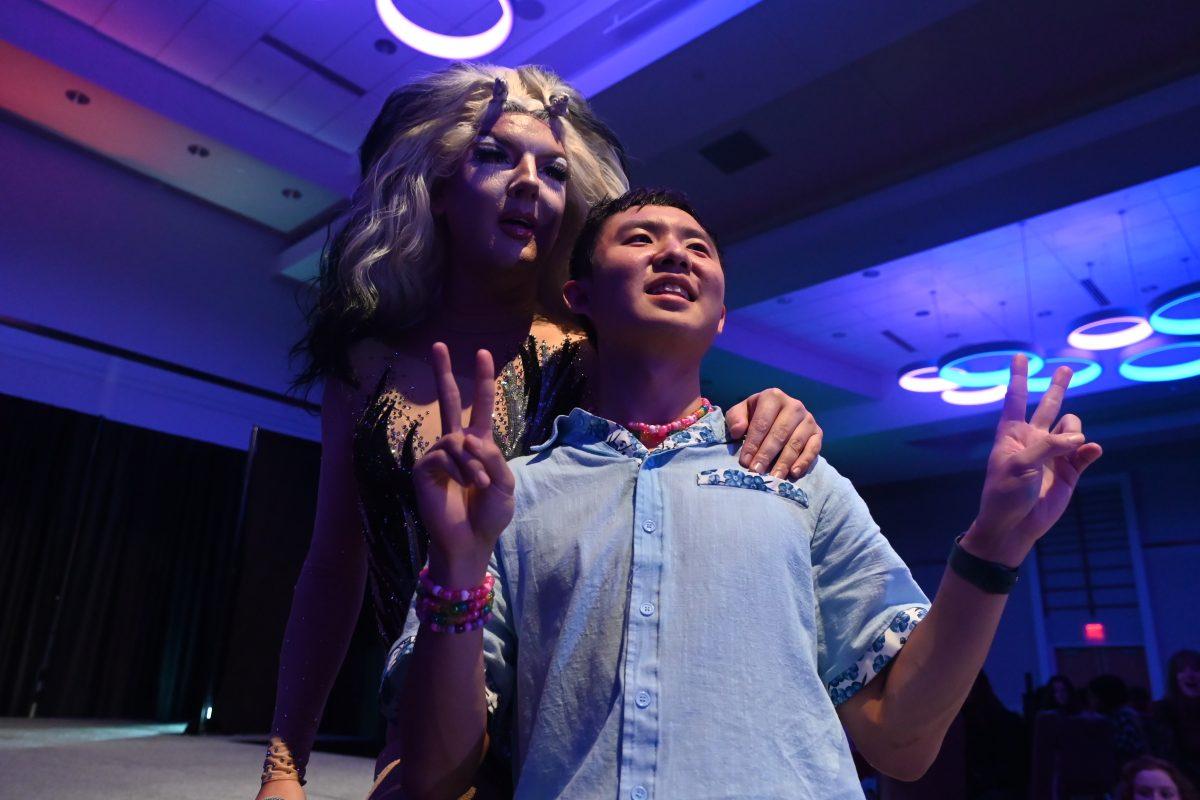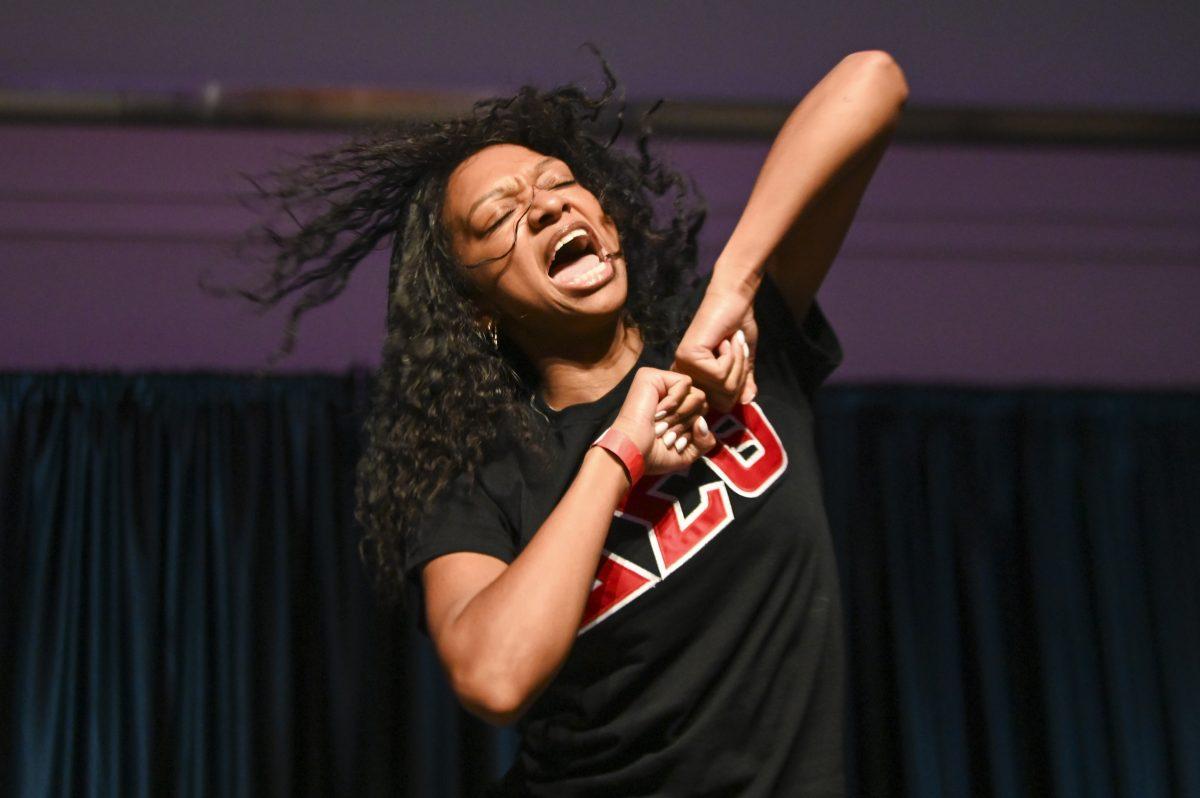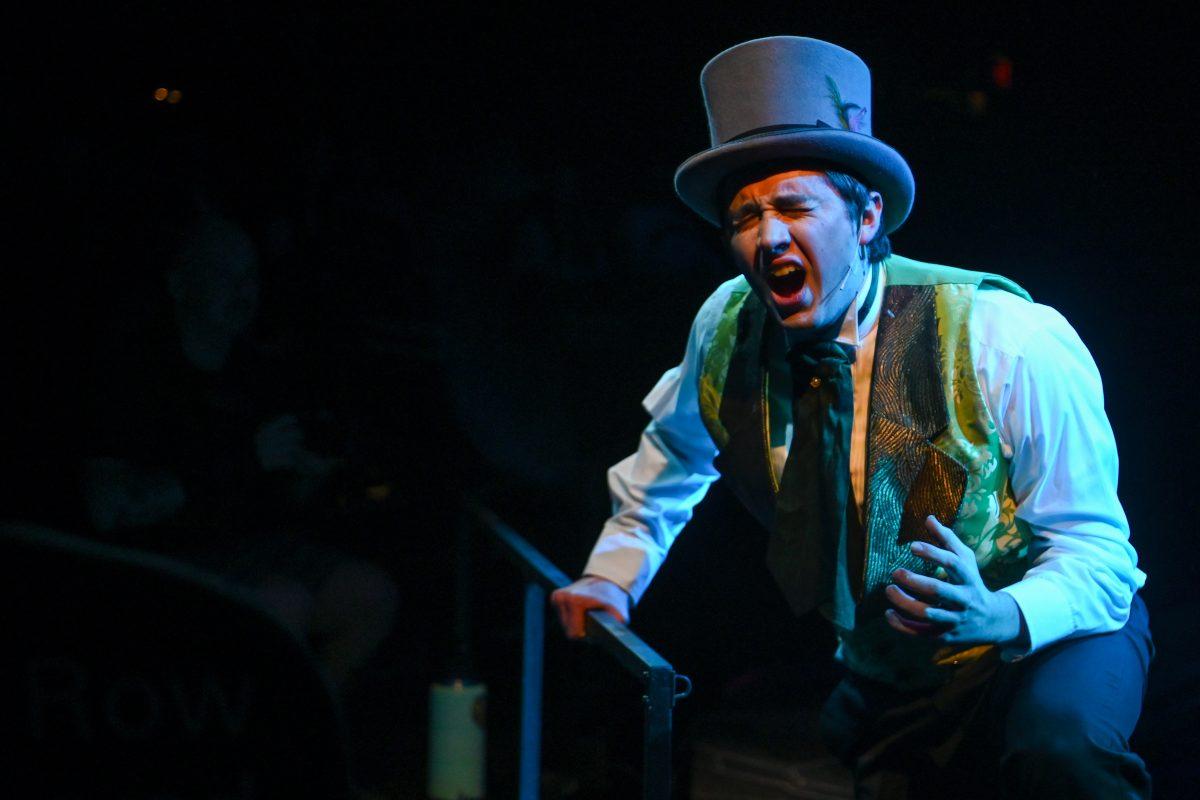Rupert Nacoste has a reputation for “coming in hot.” With 27 years of experience at NC State, he’s one of the most popular professors among students at NC State. Each semester students race to enroll in his PSY 311 social psychology course. Students gather to listen to and share stories of heartbreak, broken promises and love.
As a social psychologist, Nacoste is most interested in exploring diversity-related topics with his students. His latest book, “Taking on Diversity: How We Can Move from Anxiety to Respect,” pulls from his PSY 411 class The Psychology of Interdependence and Race and highlights many of the subjects discussed in the course. In the book, he combines his experiences as an African-American raised in the Jim Crow South in Louisiana, as a Navy veteran with stories from his students in an attempt to better educate the public about Neo-diversity.
Question: Could you talk more about this concept of Neo-diversity?
Answer: We used to talk about diversity, and when we said that we meant black and white relations; we meant racial relations. Turns out, America has changed rapidly when it comes to diversity and changed in a multidimensional way. So, what is diversity? It’s not just black and white, and so I coined this phrase “Neo-diversity” to capture what was really going on, and that’s why I do that list.
The Americans with Disabilities Act has had a major impact on who is on our campuses. Now we have students in wheelchairs, blind students, the disabilities services office. When I got here, DSO didn’t exist, and now it’s one of the biggest organizations on campus. So that’s why Neo-diversity isn’t just one thing; it’s not just black-white, it’s all those things. Neo-diversity is the situation students encounter when they come on campus. It’s a situation they have to adapt to, and that’s why also the psychological part of it is Neo-diversity anxiety.
Q: In the book you talk about how the American Dream and the civil rights movement are taught like a “sales pitch” in middle and high schools. What steps can the public school system take to better educate its students about this material?
A: We’ve got to get away from this idea that they can’t take it. One of my students said that when they talked about civil rights in her high school classroom they did animated films. Animated films! Why would you do that?! What we need to do is be more realistic in what we show people.
Now we don’t want to show young people pictures of lynchings. But, we have those pictures because people took pictures. There are things you could say, like this was not easy, this was hard, this was violent! It’s got to be age appropriate as they move through their education system, so they don’t show up at the university system thinking that the civil rights movement was just fine, it was easy: We had a good time and everything’s good now!
Q: You obviously have enough life experience to write a book about diversity solely from your perspective, yet much of “Taking on Diversity” is stories from your students. What made you want to incorporate their voices?
A: The book is based on the combination of my life experience and my expertise as a social psychologist, which is a unique combination. So, I started teaching this course called “Interpersonal Relationships and Race.” I started with the idea of helping students understand the new America and Neo-diversity. Part of my methodology was stories; I wanted to hear their stories and have them write their stories, and then I started to realize how important it was because students live a more diverse life than anyone else in America.
We are 35,000 strong, and everybody is here: race, gender, bodily condition, mental health condition, sexual orientation, everybody. What I realized is that America needs to hear what is really going on. People literally say to me “Students, young people, are fine. They’re used to diversity.” And I’m like “No, they’re not!”
Q: How did the instances of racism in our nation over the last year affect your classroom discussions?
A: I always bring in my class real world events. This past semester with all that was going on, it was hard to pick and choose. So what I did in this class, I would bring in a concept and ask students “Does that make you think of anything that’s been happening in America recently?” Hands would be flying up. It changed the way I lead the class on certain days. I let them bring it up so I could see what particular things were hitting them: police encounters and all that kind of stuff.
What I think can happen now, and will happen now, is that teachers have so many more things to point to when their students are acting in a naïve way about what is going on. America is really anxious about Neo-diversity, so much so that they are making really awful judgments. For example, Mark Anthony: A Latino-Hispanic male, well known, sings the national anthem at the major league’s all-star game two summers ago, and people are upset because they say “How can someone who’s not American be allowed to sing “America the Beautiful?”” Uh, he was born in New York City. What are you talking about? And that’s becoming an issue, the issue that is what is America is White. That’s a problem.
Q: Do you think we can get past that mentality?
A: We have to! We’re going to have to because America is becoming more non-white than white; in 2042, it’s going to flip. It’s already happening, so we either get past it, or we destroy ourselves. It’s that simple.
Q: Could you talk more about the discussions that take place in your Interpersonal Relationships and Race course?
A: One of the problems in America is nobody’s willing to say anything about their own experiences or their own feelings, because they expect to be attacked. You can’t have a dialogue if you have that tension in the room. It should be a conversation where sometimes you just listen to the other person’s perspective and experience, and then you get a chance to describe your own perspective and experience; then everybody starts to learn.
I’ve had moments in my class, especially towards the end where people really understand how it works, where students reveal things about themselves: very intimate, very powerful things — the male in the class who raises his hand in the class and says “I’ve never revealed in a public forum that I’m gay.” There are invisible minorities; students raise their hands and reveal that they’re Jewish. You realize that we are talking about people, and that’s all.
Q: Do you think that our technologically consumed, social media culture is making it difficult to have these conversations?
A: Social media is very powerful, social media is very important, but too many people rely on it because it feels — and I just joined Facebook — it feels like they’re in an interaction, but they’re not. So if you start relying on that, you’re in trouble, and you can’t have a real conversation because it’s just information and not interaction.
Here’s the deal: 40 percent of the students at NC State report being lonely. Think about the context in which they are saying that. 35,000 young people, all about the same age and all at the same level of experience, and you can’t turn to someone and say “hi.” What are you going to do when you leave here?
Q: Is there anything else you’d like to say about the book?
A: There’s a review on Amazon from a person I don’t know. It really hit me because the way she described the impact of the book on her is what I wanted. She said “This is a book about diversity without showing hate to anybody.” And she said, “What it did was to help me understand how I can improve myself in terms of how I interact with people.” That’s the goal. Neo-diversity is not going anywhere. It’s going to get bigger and we have to learn how to interact with each other with respect.


